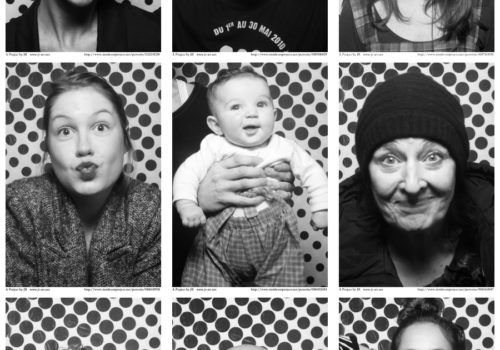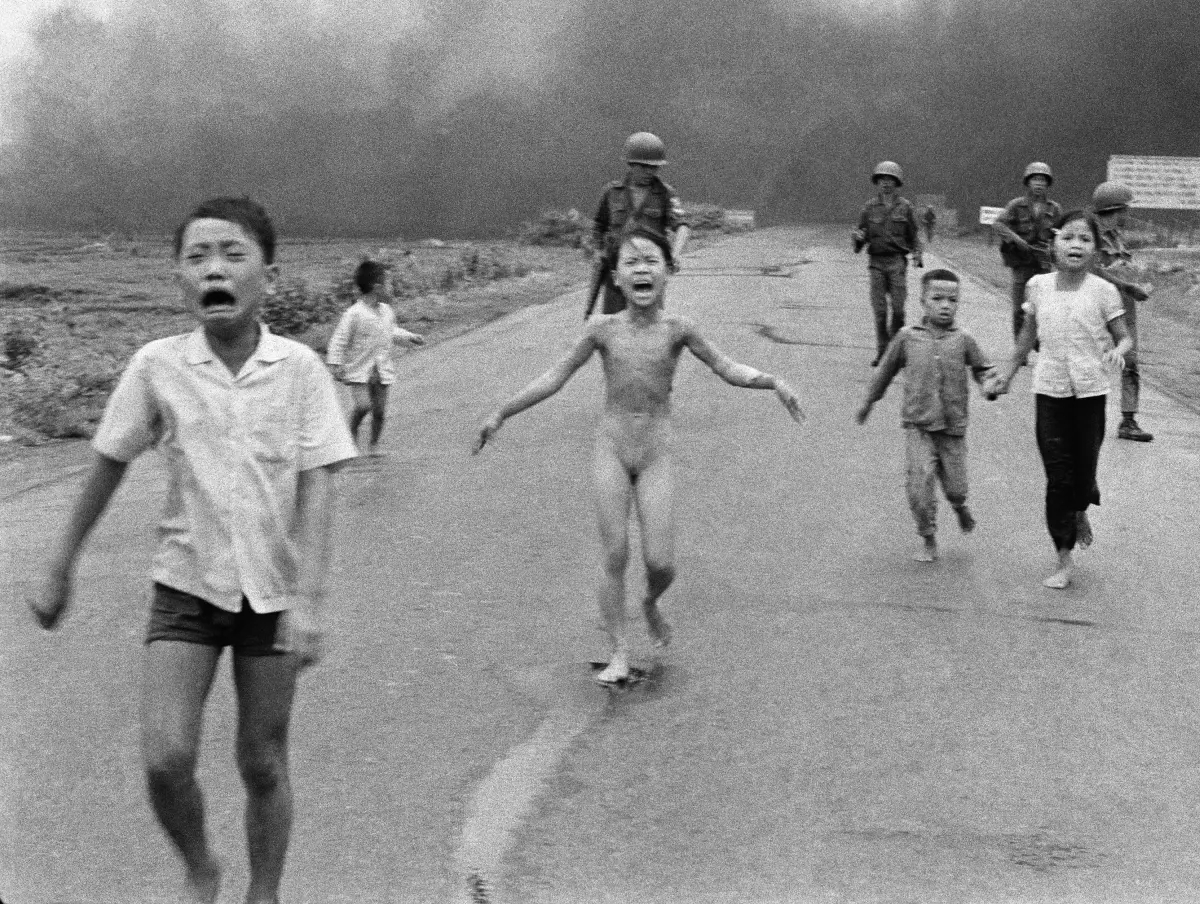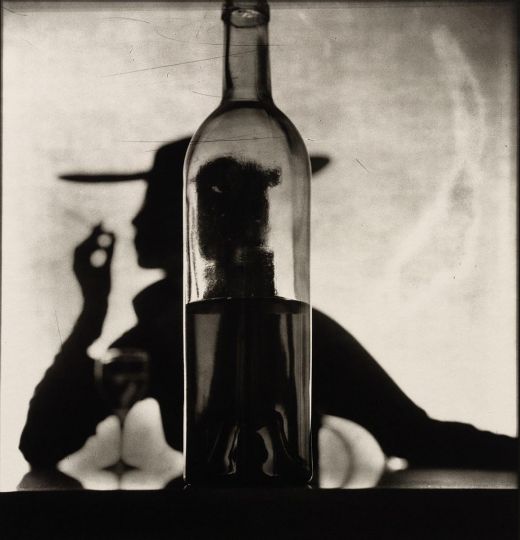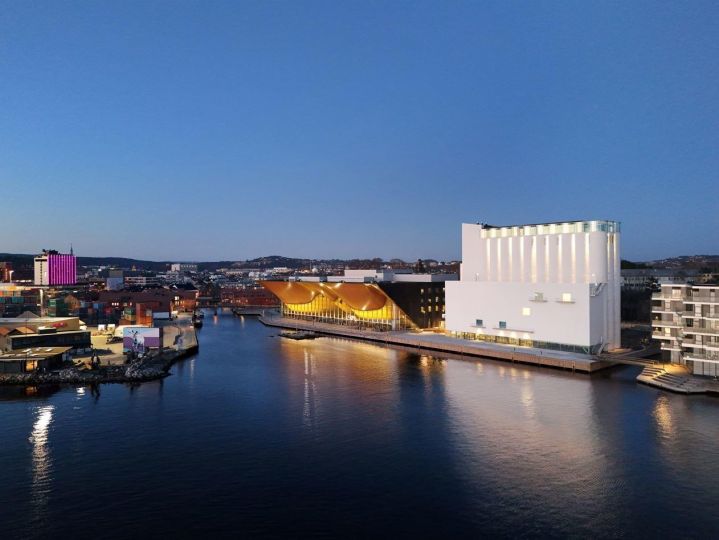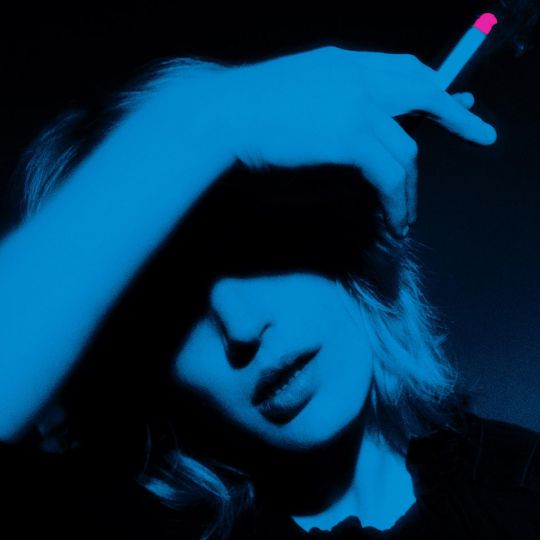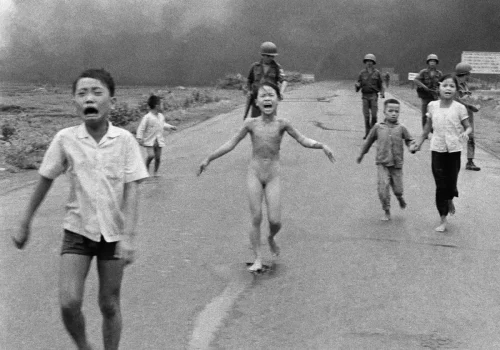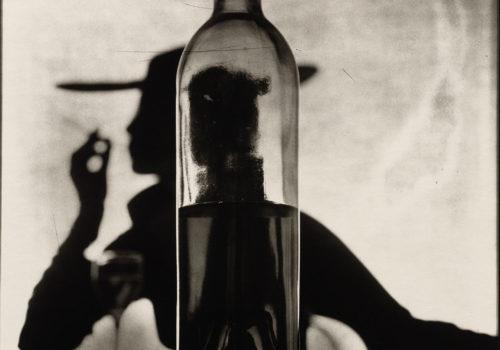I wish for you to stand up for what you care about by participating in a global art project, and together we’ll turn the world… Inside Out.
In October 2010, JR was unexpectedly awarded the much-coveted TED Prize 2011. The idea for his project Inside Out was conceived upon winning the prize.
The latest product of JR’s mind, Inside Out is a large-scale participatory art project that transforms messages of personal identity into pieces of art. The instructions are simple: think about a message that you’d like to promote, take a portrait of yourself and upload it along with your message to www.insideoutproject.net. You’ll receive a copy of your poster that you can proudly display wherever you like, in real life or online. Anyone can participate, alone or in a group, and share their story and picture with the whole world.
So far the Inside Out project has collected 75,000 individual portraits and hundreds from action groups, in 102 countries. From communities ravaged by conflict and local problems to the simple desire to share one’s convictions, Inside Out belongs to its users by letting them share their stories.
The project first started in Tunisia when a group of local photographers asked JR for help. They wanted to replace the giant portraits of the dictator that covered their cities with portraits of the newly liberated Tunisian people. “Replace the king with the people,” said one of the photographers. “It’s incredible,” said one man, “that the Tunisians can rediscover themselves through photos. It’s the end of the cult of self, a single photo plastered everywhere regardless of how we felt. Now every social category is represented. The people are represented.”
Several group actions followed: in an Israeli kibbutz, in an American art school, in the New York Haitian community, in Adelaide, Cape Town, London, Tokyo and Karachi, , Berlin (in protest of the treatment of LGBT groups in Russia), Juarez, Mexico (“the most dangerous city in the world” saw 1,000 faces against violence), Montevideo, Uruguay ( the city’s trash collectors), and Caracas, Venezuela (to promote peace by exhibiting portraits of mothers who had lost children to violence), and in New York for the Occupy Wall Street movement.
The photojournalist Steve Greaves led the action with Inside Out for 99 Portraits for the 99 Percent. “I think that it’s about engagement,” says Greaves. “I felt it was necessary to think out-of-the-box in an effort to accurately tell the story. Street art confronts you whether you like the message or not, and there’s no corporate filter. Most of our major media is under corporate control these days and “news” has now become more like propaganda for those in control. One can’t really expect these same corporations to accurately and honestly report on something that threatens their very existence.”
Inside Out has also provided powerful moments of individual expression. Free photobooths were set up at the Centre Georges Pompidou in Paris, at the Rencontres d’Arles, in Tel Aviv, in Bethlehem, in Abu Dhabi, at the Galerie Perrotin in Paris, and in Ramallah for the operation “Time is now, Yalla!”
The operation was exhibited on both sides of the Israel-Palestine border, mixing faces of citizens from both countries, human proof of religious and political absurdity to their differences; those who consider themselves sworn enemies were mistaken for brothers in their portraits. An enormous success, more than 60,000 people with different messages and initiatives stood in line for more than three hours to have their portraits taken.
For example, right now outside Paris near the Pont de Suresnes, an artist collective has taken over an old office building and are using the abandoned space for artistic expression for the Inside Out project, testifying to the moments of life, ideas, exchange, creativity and collaboration that they’ve experienced.
The collective joined forces with the photographer Caroline Deloffre to take portraits of enthusiastic volunteers. Forty people signed up, but three hundred showed up, such was the crowd’s enthusiasm for the project.
The resulting posters will adorn the building’s exterior walls for a few days. Their faces show their joy, their mystery, their anger and individuality for all to see, and they testify to the power of creativity and the power of coming together made possible by the Inside Out project.
A self-described “urban artivist,” JR likes to bring art to a point where brutal confrontation is still possible. Face 2 Face, Women are Heroes, Wrinkles of The City, are surprising by their audacity. A veritable guerrilla photographer, JR has positioned himself on the sensitive and often dangerous border between two camps, in order to make his message clear in the heart of the social space, and create another personal and troubling kind of dialogue. It is a simple message that consists in showing a face freighted by history and emotion, to provoke a reaction .
His actions are both touching and controversial. They collide with systems of thought, with conditioning, with prejudice, intolerance and ignorance… but they go straight to the heart.
“I am proud to be there, I am proud to be a piece of art, “ “it gives you a window into somebody else’s life,” “every single one of us has a story to tell,” “everybody has to know that somebody knows that they’ve existed. It wasn’t for nothing,” “I would appreciate my family being able to to see that I did something” (Wrinkles of the City), “I am proud,” “I am like the others,” “we need a more human life, we need human dignity” (Women Are Heroes), “Look how we are today, how powerful we are, how diverse, how strong we are” (Inside Out).
In a video made about Wrinkles of the City, a member of his team remarks: “Twenty years ago, we couldn’t have done this. It’s almost a sign of peace.” The anonymous portrait becomes a symbol of a quest, a cause, a victory, or simply a way to say, “Let us look at ourselves, accept ourselves, love ourselves.” With the advent of social network and the democratization of communication in all its forms, the “participatory portrait” has been erected as an icon and champion of humanist values and a generator of new social groups free from any institutional authority.
JR was recently elected by the American magazine Forbes as one of the 30 people under 30 to have influenced the world of art and design.
With his precipitous rise, JR has forged in a few years a new aesthetic that unites art and action: “On stage, there’s no reason to separate the actors and the spectators.”
What’s next? Interviewed by Dazed Digital at the end of 2011, the street artist responded: “At this minute, I can’t tell you. Maybe the project will continue without me and my team. That would be my favorite option, but we can do it only if the local people, the logistics, the energy are all in sync.”
Between art and politics, between engagement and humanism, between marketing and creation, Inside Out is yours. Give it a try: http://www.insideoutproject.net
Séverine Morel
severine/[email protected]

